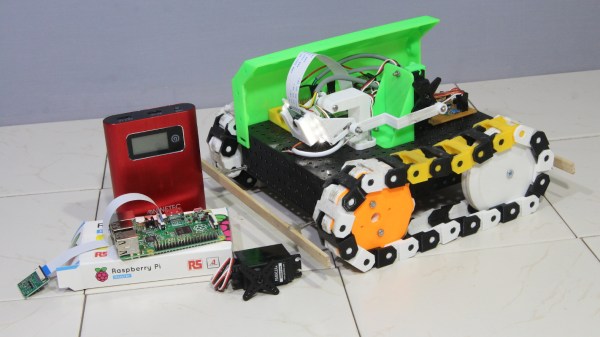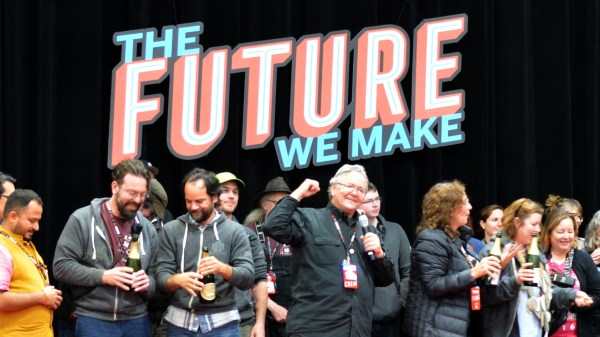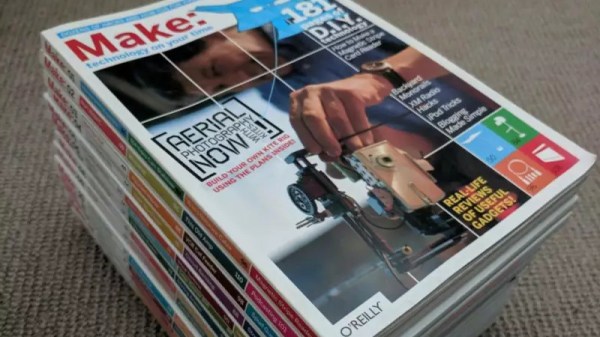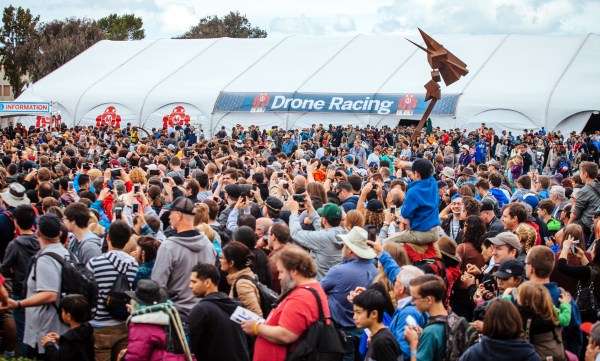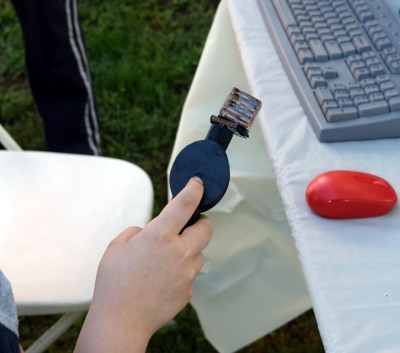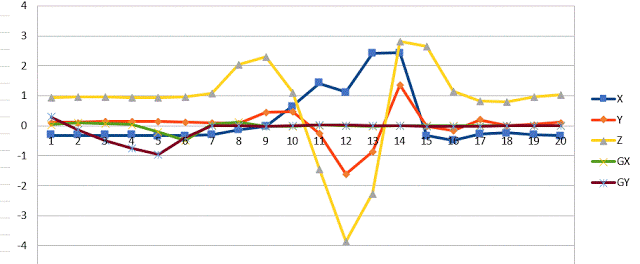There were plenty of projects and products to be seen at the 2015 World Maker Faire. In the maker pavilion, we found [Rocco Tuccio] showing off Prometheus, his PCB CNC router. Machines like this make prototyping circuits easy. Just place a blank piece of copper clad in the machine, load up your design, and a few minutes later you’ll have a board ready to stuff. Prometheus sp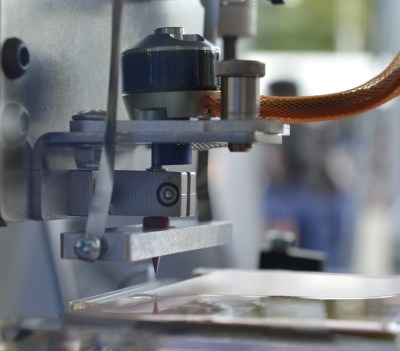 orts some impressive specs: 7 mil (0.18 mm) trace and space, and a Total Indicated Runout (TIR) of .0001 inches (2.5 micron). Not bad for a spindle turning 40,000 RPM. [Rocco] has spent the last two years designing this machine, and has sourced most of the parts from local US vendors. The unique part of Prometheus is the spindle design. Like many other small PCB routers, Prometheus uses a brushless quadcopter motor for power. Rather than go with a belt system, [Rocco] simplified things to a simple friction drive. The only precision parts he has to worry about are the bearings which hold the cutting bits in place. Prometheus isn’t for sale yet. [Rocco] plans to launch a Kickstarter campaign in the coming months.
orts some impressive specs: 7 mil (0.18 mm) trace and space, and a Total Indicated Runout (TIR) of .0001 inches (2.5 micron). Not bad for a spindle turning 40,000 RPM. [Rocco] has spent the last two years designing this machine, and has sourced most of the parts from local US vendors. The unique part of Prometheus is the spindle design. Like many other small PCB routers, Prometheus uses a brushless quadcopter motor for power. Rather than go with a belt system, [Rocco] simplified things to a simple friction drive. The only precision parts he has to worry about are the bearings which hold the cutting bits in place. Prometheus isn’t for sale yet. [Rocco] plans to launch a Kickstarter campaign in the coming months.
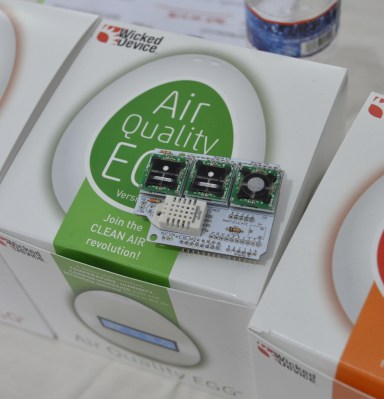 A few minutes later we ran into [Victor Aprea] from Wicked Device, showing off the Air Quality Egg V2. [Victor] and his partner [Dirk] ran the design and manufacturing side of the Air Quality Egg, which had a successful Kickstarter campaign back in 2012. The eggs from that campaign can be found online at the project’s website. [Victor and Dirk] have greatly improved on the Egg since then. The biggest update are the sensors. Sensors for ozone, nitrogen dioxide, and sulfur dioxide are now much more sensitive units from SpecSensors. These sensors don’t come cheap though. To keep costs down, [Victor and Dirk] have released three separate versions of the product with different sensor suites. On the connectivity side, the egg is now based upon Wicked Device’s Wildfire, allowing it to connect to WiFi networks. These Eggs mean business too – [Victor and Dirk] obtained permission to co-locate a trio of eggs alongside an official New York State/EPA air quality sensing unit. The Eggs all read within 2 parts per million for carbon monoxide, and 10 parts per billion for sulfur dioxide. As with the original Egg, these devices are open source hardware. Source code is available on Wicked Device’s Github.
A few minutes later we ran into [Victor Aprea] from Wicked Device, showing off the Air Quality Egg V2. [Victor] and his partner [Dirk] ran the design and manufacturing side of the Air Quality Egg, which had a successful Kickstarter campaign back in 2012. The eggs from that campaign can be found online at the project’s website. [Victor and Dirk] have greatly improved on the Egg since then. The biggest update are the sensors. Sensors for ozone, nitrogen dioxide, and sulfur dioxide are now much more sensitive units from SpecSensors. These sensors don’t come cheap though. To keep costs down, [Victor and Dirk] have released three separate versions of the product with different sensor suites. On the connectivity side, the egg is now based upon Wicked Device’s Wildfire, allowing it to connect to WiFi networks. These Eggs mean business too – [Victor and Dirk] obtained permission to co-locate a trio of eggs alongside an official New York State/EPA air quality sensing unit. The Eggs all read within 2 parts per million for carbon monoxide, and 10 parts per billion for sulfur dioxide. As with the original Egg, these devices are open source hardware. Source code is available on Wicked Device’s Github.

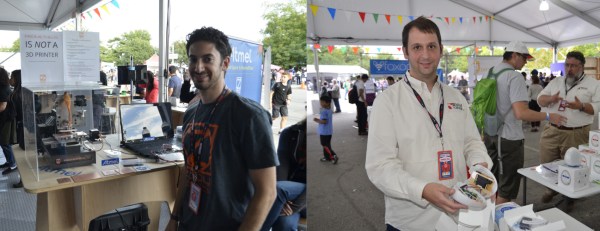

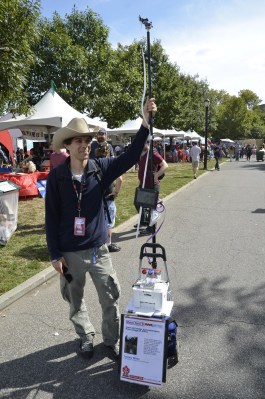 nside the gates, we ran into [Tommy Mintz] who was showing off his
nside the gates, we ran into [Tommy Mintz] who was showing off his 